In this article, we explore the importance of including challenging activities in cognitive rehabilitation programs and provide examples of specific challenging activities for children and adults.
Cognitive rehabilitation focuses on restoring, improving, or compensating for cognitive functions affected by conditions such as brain injury, neurodevelopmental disorders, or neurodegenerative diseases. Within this process, challenging activities play a crucial role by stimulating the brain and fostering its capacity to adapt.
Challenging activities in cognitive rehabilitation processes
Cognitive rehabilitation focuses on restoring, improving, or compensating for cognitive functions affected by conditions such as brain injury, neurodevelopmental disorders, or neurodegenerative diseases.
Within this process, challenging activities play a crucial role by stimulating the brain and fostering its capacity to adapt. In addition, they promote neuroplasticity, the process by which the brain adapts and forms new neural connections.

Subscribe
to our
Newsletter
Benefits of challenging activities in cognitive rehabilitation
1. Stimulation of key skills
These types of activities strengthen memory, attention, planning, and problem solving.
2. Improved motivation
The progressive challenges of these activities encourage engagement and a sense of accomplishment in users.
3. Adaptability to different needs
These activities can be customized according to age, cognitive level and the specific objectives of treatment.
4. Prevention of cognitive decline
For older adults, these activities help keep cognitive function active and prevent cognitive decline.
Relevance of challenging activities
Relevance of challenging activities for children
In children, challenging activities contribute to the development of basic and advanced cognitive skills, essential for learning and daily life.
Relevance of challenging activities for adults
In adults, challenging activities help to recover skills lost after brain injury or to slow cognitive decline associated with neurodegenerative diseases.
Challenging activities for cognitive rehabilitation of children and adults
Below we present a selection of challenging activities for cognitive rehabilitation for users of all ages.
Challenging activities for cognitive rehabilitation of children
Find the Fish
What does the activity involve?
Find the Fish involves memorizing and accurately recalling the location where the fish are shown.
What does the activity train?
With this game, children can work on episodic memory.
Difficulty levels and available versions
Find the Fish can be found in the classic version, with nine different difficulty stages, and in the updated version, with twelve difficulty stages. In both, young users will advance or move back through levels depending on their correct and incorrect responses.
It also offers customization options to adapt the activity to the particular characteristics of each young user.
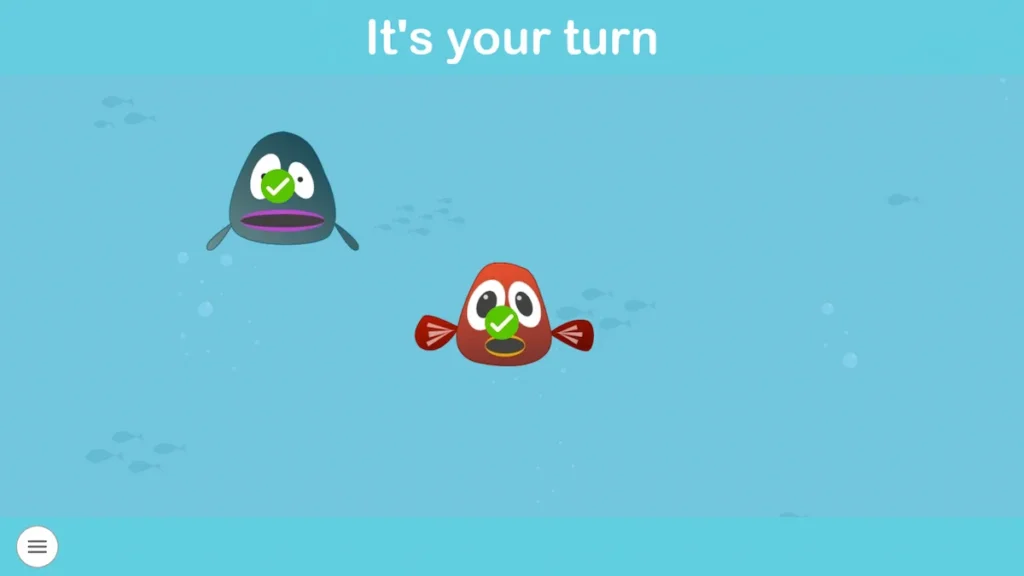
Pop the Balloons
What does the activity involve?
Pop the Balloons consists of popping the balloons that appear on the screen and that match the model at the top.
What does the activity train?
With this game, young users can train the inhibition, the selective attention, the sustained attention and the processing speed.
Difficulty levels and available versions
Pop the Balloons is available in the classic version and in the updated version, with twelve different difficulty stages respectively. Children will advance and move back through stages according to their correct and incorrect answers.
It is also possible to customize some parameters to adapt the activity to the particular needs of each child.
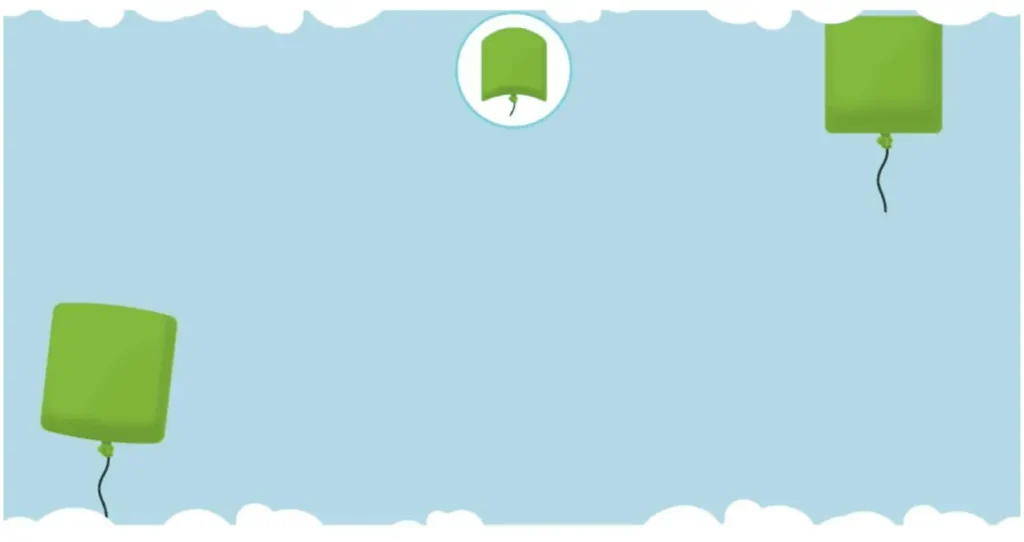
Sorting Bugs
What does the activity involve?
Sorting Bugs consists of rearranging moving elements so that each type is on its corresponding side.
What does the activity train?
With this game for adults, users can exercise the planning, processing speed, sustained attention and selective attention.
Difficulty levels and available versions
Sorting Bugs can be found in the classic version, with nine different difficulty stages, and in the updated version, with twelve difficulty stages. Users will advance and move back through stages depending on their correct and incorrect responses.
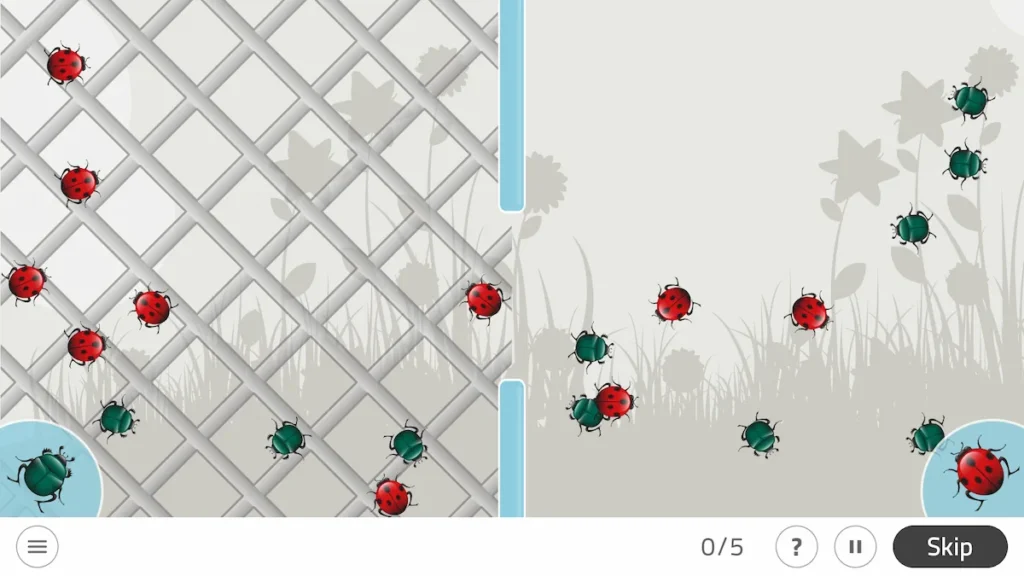
Additionally, it is possible to change different parameters to customize the activity to each user’s needs.
If you enjoyed this blog post about challenging activities for the cognitive rehabilitation of children and adults, you will likely be interested in these NeuronUP articles:
“This article has been translated. Link to the original article in Spanish:”
Actividades retadoras para la rehabilitación cognitiva de niños y adultos
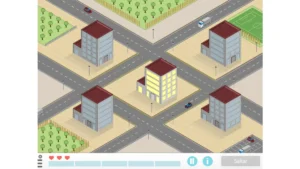
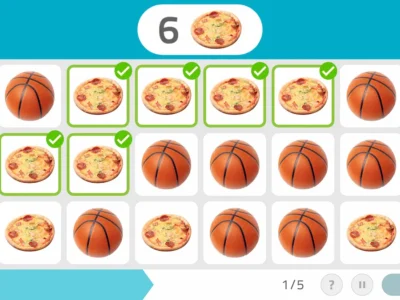
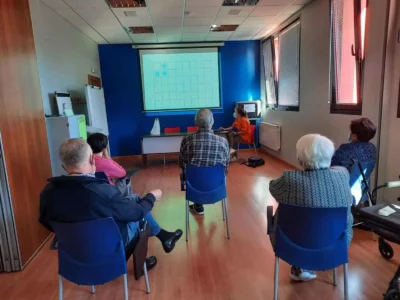

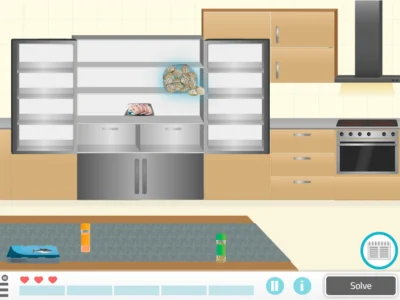
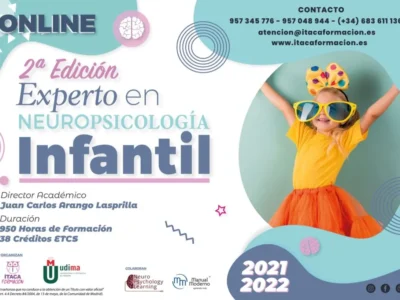

Leave a Reply